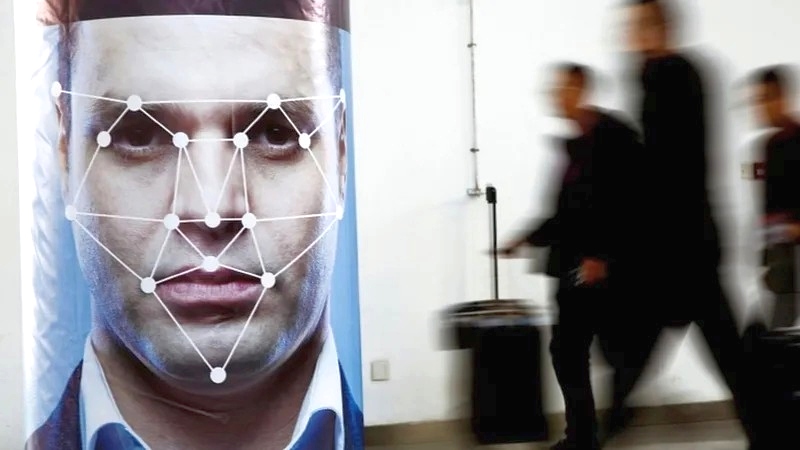Anti-pedophile technology is readily available to anybody
Facial identification technology scans the internet for photos resembling you from childhood to today.
The UK arrest and conviction of Thailand-hideaway Richard Burrows – for widespread sexual abuse of children in England decades ago – illustrates the best side of Artificial Technology. Cheshire police officers uploaded a 1997 mugshot of him and, in less than a minute, found multiple photos of him on the internet as a much older man living in Thailand. That in turn led to the discovery that Burrows had (nearly 30 years ago) adopted the identity of one Peter Leslie Smith, who was terminally ill in a vegetative state, in order to apply for a false passport which was renewed several times without suspicion. However, Burrows used his own passport photos faking only the name, signature and biographical detail of his unwitting accomplice.
The website used by police to unravel the Burrows case was PimEyes which, like similar companies, is publicly available to any internet user. On the site, you provide a photo of yourself where it will then crawl through the public internet and use AI to find any other snaps of you. It’s not 100 percent perfect so you might find the odd likeness to someone else thrown in too. Burrows was historically identified partly because successive photos showed the same pimple on his neck when he was masquerading as someone else during his long voluntary exile in Phuket, Thailand. In most countries, there is no law seriously restricting access to facial investigation technology.
2. This machine silently takes pictures of individuals in an American street.
The site, or similar ones, is used widely by police worldwide. Metropolitan police commissioner Sir Mark Rowley said the technology had been used 2,000 times in nine months by his officers in a variety of inquiries. Duncan Burrage, international liaison officer of the National Crime Agency said wanted persons such as Burrows could now be identified, adding that Thailand is no longer the safe haven they believed it to be. Police argue that the technology is useful for crime prevention, identification of suspects, surveillance and analytics. In theory anyway, PimEyes scans only the public internet and not social media sites such as Facebook or Instagram.
The market for facial recognition is constantly expanding, for example when making payments, gaining access to buildings, boarding airplanes. Traditional passports are expected to disappear within ten years and there are already pilot studies, in Singapore for example. The technology has even been used in hospitals to manage pain levels of patients – unable to express themselves verbally – by analyzing their facial expressions. Equally, there are truly gigantic negative features in daily life such as embarrassing or stalking people, causing fraud, wrongful denial of services when mistakes are made, security vulnerabilities and violation of personal rights. At its worst, facial identification technology means you could become a walking bar code.



